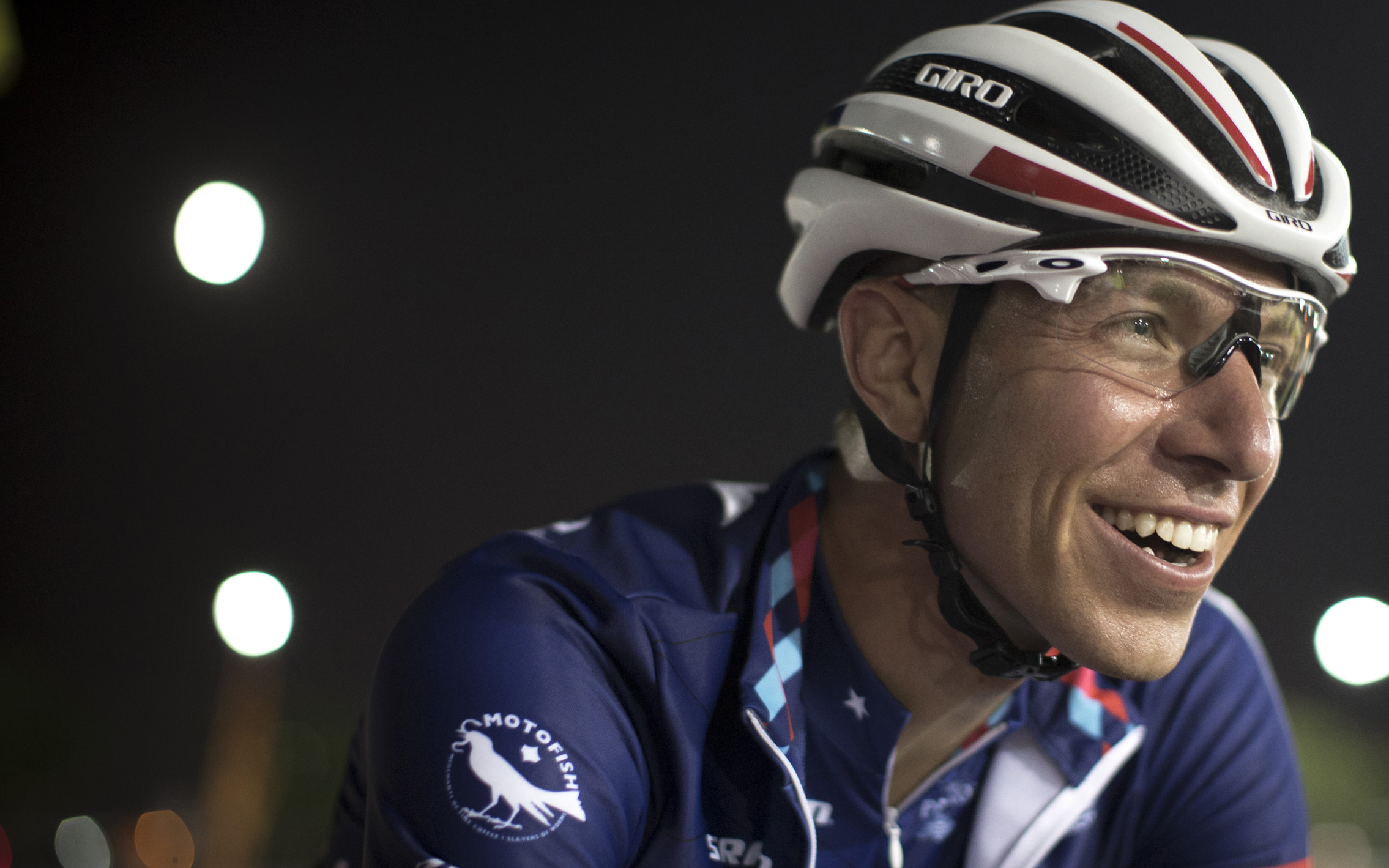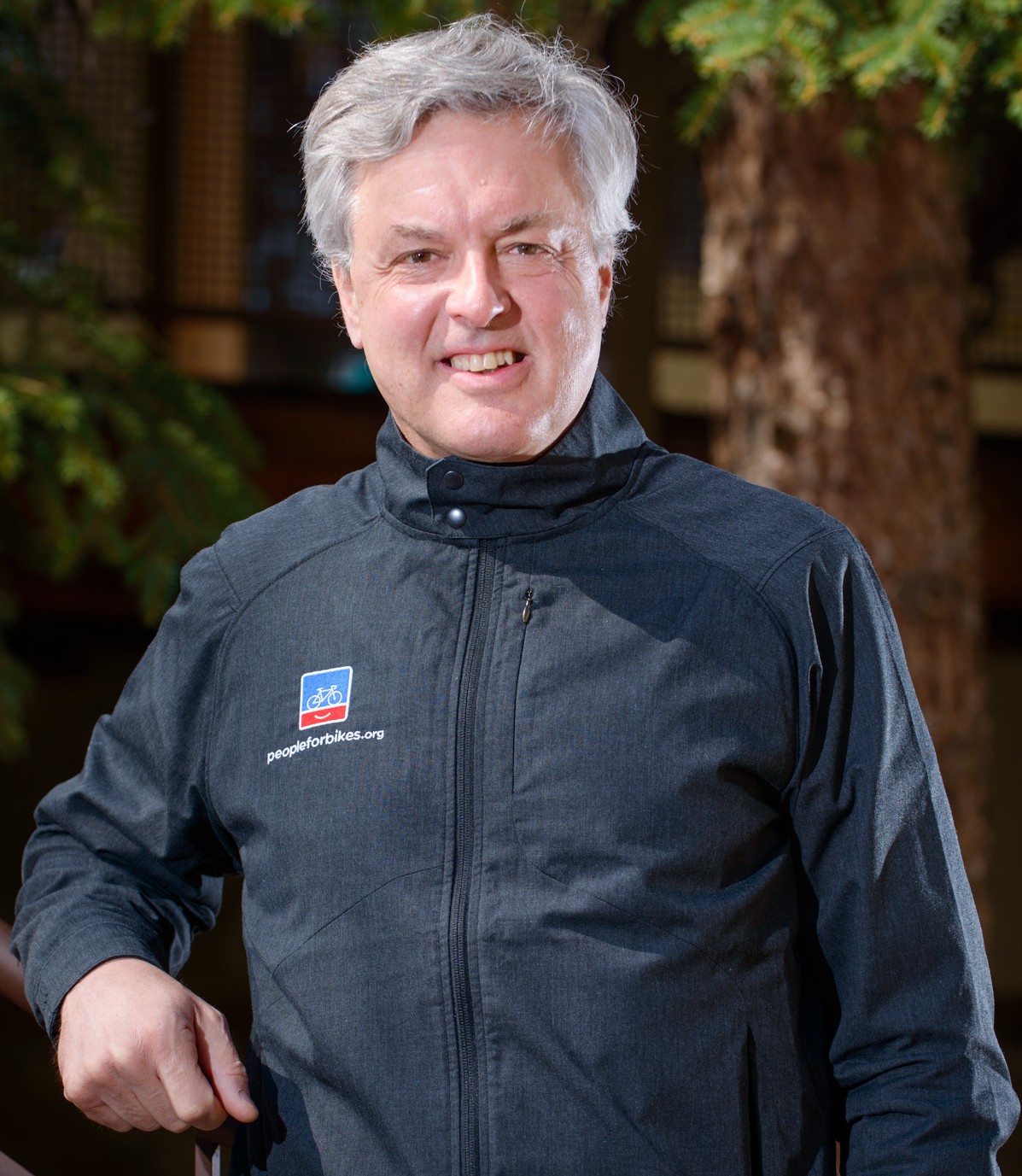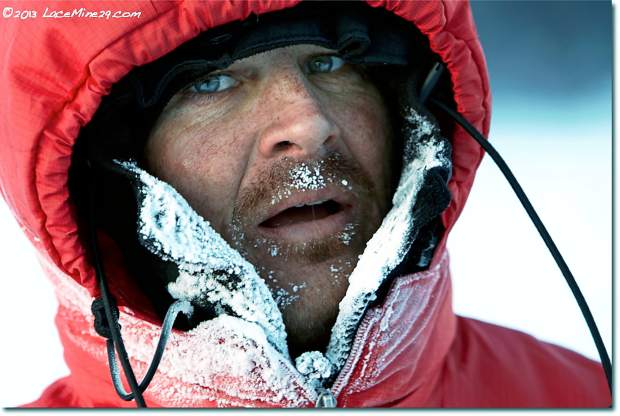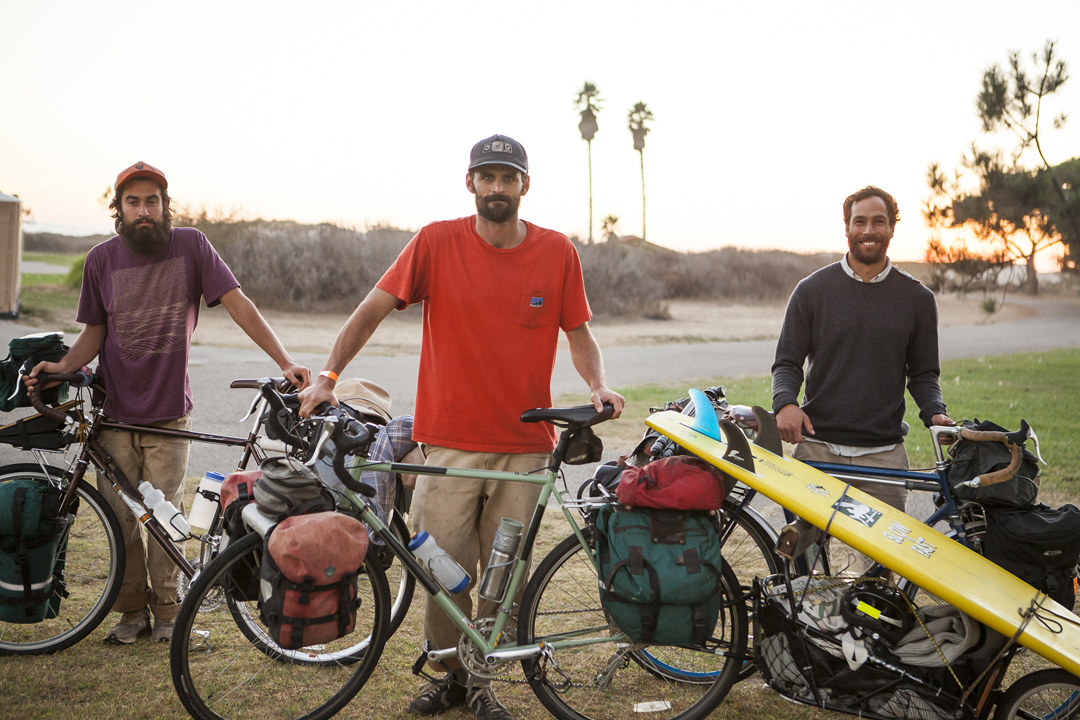
Jeremy Powers under the lights at CrossVegas. Photo by Motofish Images courtesy Emily Powers.
Jeremy Powers likely doesn’t need much introduction to The Bicycle Story’s readers. He is almost unquestionably the best American male cyclocross racer of his generation. Powers has won every race he’s entered so far this season save for his impressive 3rd behind Sven Nys and Lars van der Haar at CrossVegas. He’s been similarly dominant the last few seasons notching dozens of wins, two national titles, and a few USGP overall titles. Despite that, success in Europe has eluded Powers. He’s hoping to buck that trend this season and has made some radical changes such as quitting road racing and launching his new one man Aspire team to try and make that happen.
Off the race course, Powers is nearly as ubiquitous in American cyclocross. His popular Behind The Barriers web series evolved into a full-on cyclocross media company with live race coverage, analysis and more. His nonprofit JAMFund charity works with underprivileged cyclists in New England and is developing some of the best up-and-coming US cyclocross pros. Talking with Powers the week before he headed to Europe for the Valkenburg World Cup, it was clear that his success is not just the product of a huge engine and good handling skills (though that’s certainly essential). He’s taken a meticulous approach to all aspects of his career–training, racing, building a team, media exposure, partnerships, developing younger riders, etc–and it’s paying off. I spoke to him about his new Aspire program, his deep history in the sport, the challenges of Europe, what it will take to get Americans on World Cup podiums, the growth of Behind The Barriers and JAMFund, and much more.




